Last Updated: 13/07/2025
Author: Dr Teagan Lever BVSc (Hons)
Reading Time: 7 minutes - short read
Ever wondered how much it costs per year to own a cat or dog?
A new study from Pet Circle has revealed that Australians are spending thousands of dollars on their pets each year, but many may be missing out on potential savings.
The study of 2,200 Australians found that cat owners spent an average of $3,335 per household last year, whilst dog owners spent an average of $4,312 per household, which is double the annual average household cost for electricity and gas.
Looking at costs per pet, Australians pay an average of $3,350 per dog per year and $2,377 per cat per year. This amounts to $33,500 for an average 10 year lifespan for a dog and $28,524 for an average 12 year lifespan for a cat.
Food and veterinary care are the biggest expenses for pet owners. The average annual cost for food and treats is $612 per dog with the highest reported cost being $7,500, and $469 per cat, with the highest reported cost being $8,000.
The average annual cost of veterinary care is $640 for a dog and $413 for a cat, with one dog owner paying up to $30,000 for vet services last year.
Australian Dog and Cat Pet Care Expenses for 2021
|
Category |
Annual average spend by dog owners per household |
Annual average spend by cat owners per household |
|---|---|---|
|
Pet food and treats (e.g. dry food/kibble, wet food, ingredients for homemade food, meal toppers, training treats, dental treats, etc.) |
$789 |
$676 |
|
Veterinary services (e.g. consultations, vet telehealth) |
$831 |
$598 |
|
Pet healthcare services/products and medication (e.g. massage/acupuncture, flea/worming treatments, supplements, antibiotics, etc.) |
$271 |
$229 |
|
Pet accessories (e.g. beds, toys, collars, leads, clothing, grooming products, etc.) |
$163 |
$128 |
|
Pet Insurance |
$660 |
$542 |
|
Grooming services |
$315 |
$330 |
|
Training |
$270 |
$253 |
|
Dog walking |
$236 |
- |
|
Daycare/Boarding/minding |
$432 |
$361 |
|
Other (e.g. Transport, competitions/club membership, etc.) |
$345 |
$218 |
|
Total average spend per household |
$4,312 |
$3,335 |
|
Total average spend per animal |
$3,350 |
$2,377 |
Tips to budget better for your pet
Our Pet Circle Head Vet Dr Teagan Lever worked with Emma Edwards, millennial money guru from The Broke Generation and proud cat mum of Paddington, to develop the following top 10 budgeting tips for pet owners.

Emma Edwards from the Broke Generation1. Ask for a better price
Most good pet stores offer a price match or price beat for pet products. Pet Circle offers a best price guarantee so can you reach out to our customer service team for this.
Donât be afraid to ask for a price match or price beat if youâve found a better price on a pet product!" says Emma.
2. Buy in bulk and set up Auto Delivery
Buy in bulk to save money or set up an Auto Delivery subscription to get extra discounts on regular items like food, treats, litter and flea and worming treatments.
"Buying larger volumes of pet food at once can score you big savings, as larger bags of food bring down the price per 100g. As an example, Royal Canin Medium Adult Dog Food can be brought down to almost 40% cheaper when you buy the larger bags. A 4kg bag rings in at $1.14 per 100g, but the 30kg bag is just $0.72!" says Emma.
"I get dry food and litter for my cat Paddington on subscription every 10 weeks to streamline the cost and it arrives at my door when I need it so I donât get caught out with an empty cupboard."
3. Swap supermarket pet food for higher quality premium brands
Consider swapping supermarket pet food for higher quality premium brands which can be comparable in price and offer a more balanced diet, giving you more value for money.
"Premium pet foods are highly digestible and are often more nutrient dense, which means you may actually need to feed less, potentially saving you money in the long run and also keeping your pet healthier. Considering cost per day, our recent analysis found that tailored premium dry food formulas, like Advance, are only 10 to 30 cents more per day but give you more value for money so itâs worth considering the extra expense" says Dr Teagan.
If your pet doesnât like the new food, most brands at Pet Circle also offer a palatability guarantee so you can get a refund and try another brand.
Read our analysis in The Real Cost of Supermarket Food.
Recommended Premium Food Brands
4. Keep up to date with regular vet checkups, vaccinations and flea and worming
Take your pet to the vet for regular checkups and keep up with your petâs vaccinations and flea and worming treatments to avoid common health issues.
"Whilst taking your pet to the vet for regular check ups can feel counterintuitive when youâre trying to save money, regular checkups can help detect any health issues earlier on and potentially help you save money in the long run" says Emma.
"For younger pets, make sure you have an annual check up and for older animals or those with pre-existing conditions, six-monthly visits are recommended" added Dr Teagan.
If you need non-urgent vet advice, you can also save money on a vet visit by speaking to the Pet Circle Vet Squad online, which is available for free to anyone, 24 hours a day, 7 days a week.
Recommended Flea, Tick and Worming Preventatives
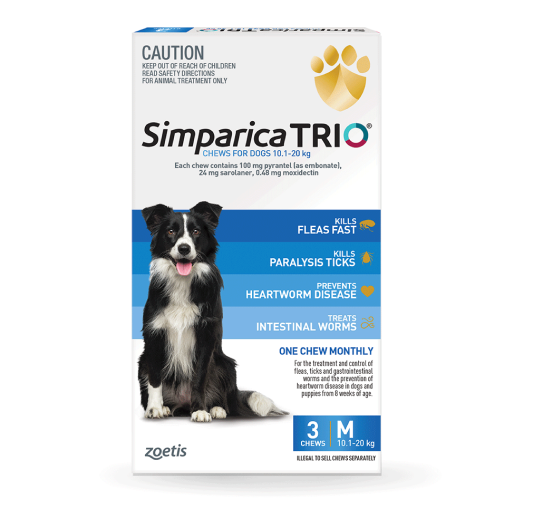
5. Use pet pharmacies for cheaper medication
If your pet needs medication regularly and you donât need it right on the spot, consider buying it elsewhere as vets can markup medication prices, which adds up over time.
"You can ask your vet to give you a prescription and then you can shop around for a better price through pet pharmacies which are becoming more widespread in Australia." says Dr Teagan.
6. Assess insurance based on your pet's lifestyle
If you are considering pet insurance, do your research and look at your budget.
"When it comes to pet insurance, it's important to remember that not everything is covered, so donât just sign up to any insurer without doing your research. Compare different insurance products against your pet's lifestyle, and choose a policy that covers the conditions your pet is most at risk of. For example, indoor cats are very unlikely to be in road accidents, so opting for cover thatâs specifically designed for indoor pets could save you big money," says Emma.
"Pet insurance for puppies and kittens can be beneficial as they have no pre-existing conditions and inquisitive younger animals tend to be more likely to have accidents or injure themselves. Just be aware that premiums can go up so if you want to keep insurance for older pets, make sure you plan for this in the long term," says Dr Teagan.
7. Set up an emergency fund for your pet
Whether you choose pet insurance or not, itâs important to have an emergency fund for your pet.
"Ideally separate it from your personal savings account so you can manage it better, and contribute a regular amount to help you be better prepared for unexpected costs like health issues that arise with your pet," says Emma.
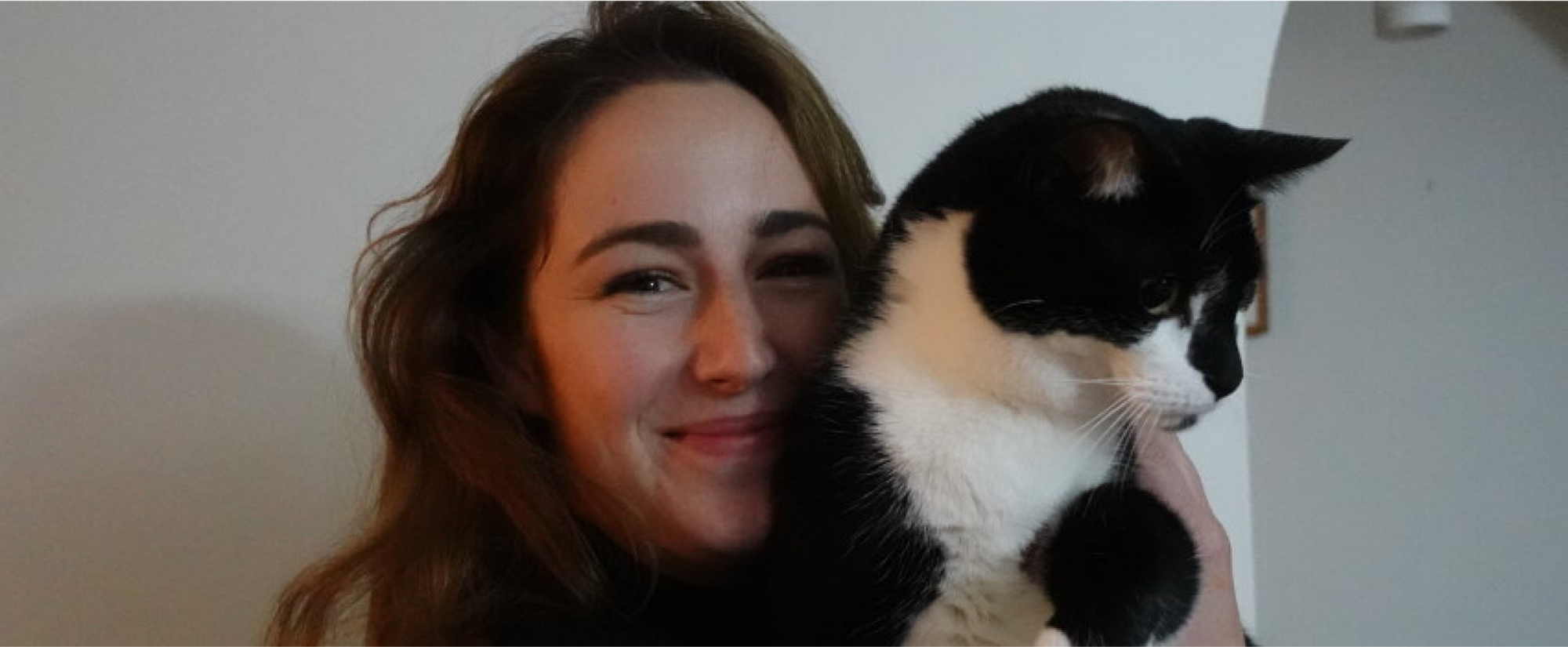
Emma with her cat Paddington8. Set up a budget for your regular pet food and supplies
Spread the cost of food and supplies by working out how often you buy pet supplies, total up the regular cost, and spread it out equally into one consolidated weekly or monthly payment. Then, contribute that regular amount every payday into a pet expenses account.
"Establish how long it takes your pet to get through their supplies (food, litter, puppy pads, etc). You can do this by putting a sticker with the date on the litter bag, food box or pack of pads when you open it, and then calculate how much time it took to get through it," says Emma.
Here is a simple budget example:
9. Set up a treats allowance
If your budget allows it, you should also set up a treats allowance for your pet for new accessories or extra toys so you can keep on top of how much youâre spending on nice-to-haves.
"Top up your petâs treat fund at regular intervals to keep it replenished, but be disciplined â when it's gone, it's gone!" says Emma.
10. Bundle boxes can save you money
Consider buying bundle boxes which offer massive discounts on pet products, including puppy and kitten bundle boxes that offer everything you need to get started and bundle boxes to replenish treats and toys, like Pet Circleâs Curious Box which has a new theme every 6 weeks.
"My cat Paddington loves the Curious Cat Box. You get over $40 worth of value for just $25 and receive a great selection of toys and treats in each box. Paddington recently got hooked on these treats called Juicy Bites from our last box, heâs obsessed!" says Emma.
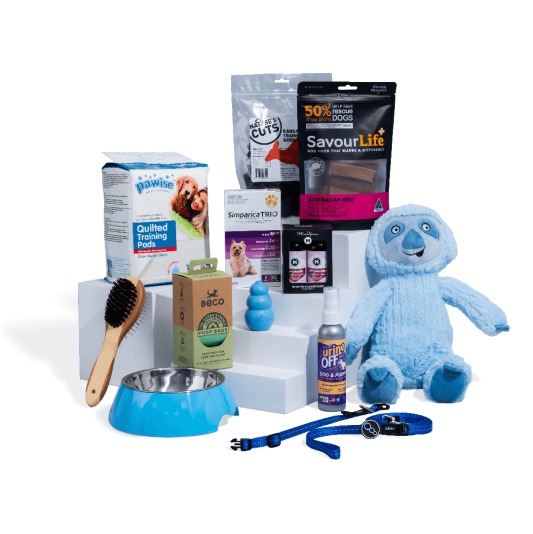
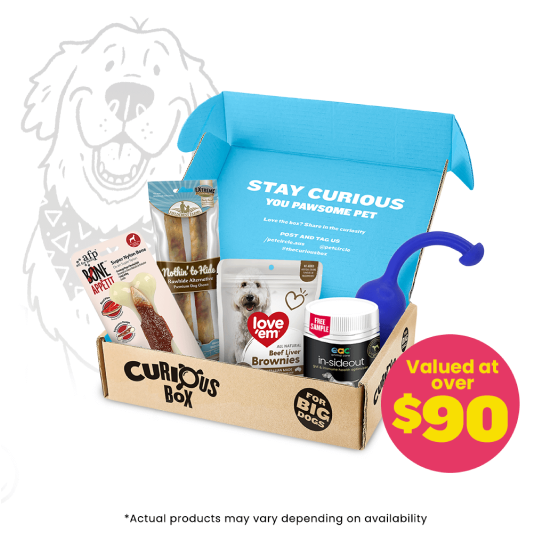
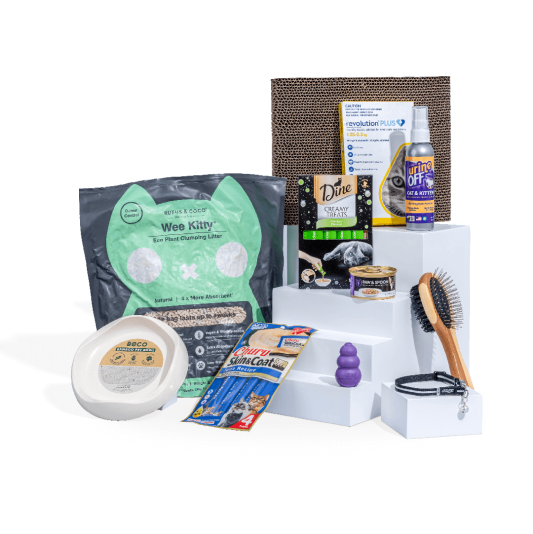
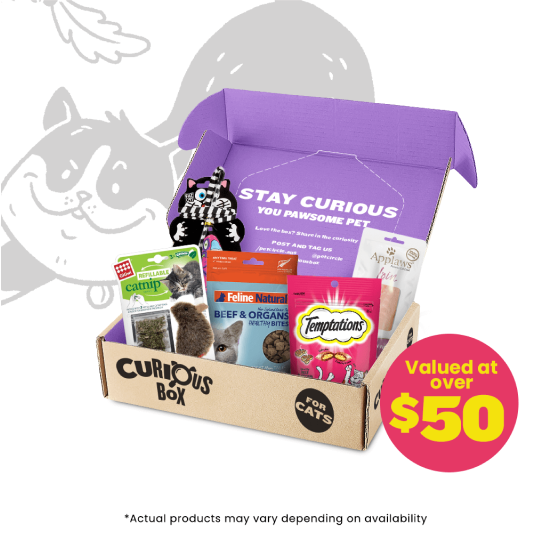
Further Reading
Want to know more? Check out our Discover Page for more tips on keeping your pets happy and healthy.